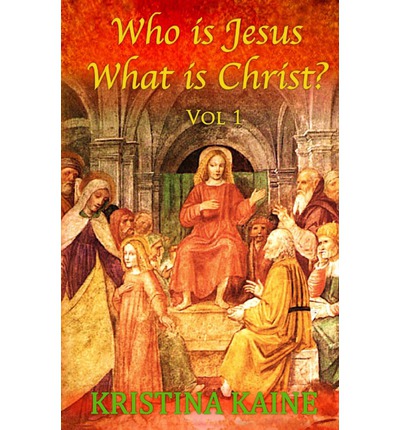2005
Nathanael – Two – Imagining Philip found Nathan’a-el, and said to him, “We have found him of whom Moses in the law and also the prophets wrote, Jesus of Nazareth, the son of Joseph.” Nathan’a-el said to him, “Can anything good come out of Nazareth?” Philip said to him, “Come and see.” Jesus saw Nathan’a-el coming to him, and said of him, “Behold, an Israelite indeed, in whom is no guile!” Nathan’a-el said to him, “How do you know me?” Jesus answered him, “Before Philip called you, when you were under the fig tree, I saw you.” Nathan’a-el answered him, “Rabbi, you are the Son of God! You are the King of Israel!” Jesus answered him, “Because I said to you, I saw you under the fig tree, do you believe? You shall see greater things than these.” And he said to him, “Truly, truly, I say to you, you will see heaven opened, and the angels of God ascending and descending upon the Son of man.” John 1:45-51
Nathanael represents one of the most misunderstood human abilities, our Imagination. In reality, Imagination extends our consciousness into another dimension. It is a spiritual faculty which does not rely on our physical brain nor does it have a mystical element. Through it we penetrate the veil which separates the physical and spiritual worlds. At this point our abstract thinking dissolves and we see into outer forms to the spiritual truth that sustains them. This can begin simply by looking at a plant or tree that droops towards the ground in a sad way, or a flower that lifts its head to smile at the sun. This imagining connects us in new ways with the outer world.
To manage this change in our consciousness we need strength and courage which is exactly why Philip accompanies Nathanael. Philip, our ability to weigh things up, is crucial when we look behind outer physical forms. Then we begin to glimpse the spiritual worlds in a dreamy way, and like our dreams, things behave unexpectedly. In this consciousness aspects of our self can confront us. For instance, if we are angry we may see a raging lion – we need the presence of mind to contain our fear and realise that we are simply looking at our own anger. This is the true source of the metaphysical principle that you only ever confront self.
The rich imagery in this passage does give us the sense that we are traversing consciousnesses. It also impresses upon us the difficulty of expressing spiritual principles with our modern thinking.
Could the fig tree be the Bodhi tree under which Buddha attained enlightenment? Some say so. Is Jesus saying that he physically saw Nathanael, or did he see him spiritually? Nathanael certainly responds as one who has been deeply understood. Jesus reveals that he knows more about Nathanael than Nathanael himself is aware of.
Is this what happens to us when our faculty of Imagination awakens? Do we tap into the depth of our being and draw on resources that we are not aware of?
What does it mean to be under the fig tree? Surely it indicates a state of meditation and concentration which seeks to arrest our abstract thinking so that Imagination becomes possible.
In fact, we silence our intellect and spiritualise our senses to bring about this imagining consciousness. A purity enters our thinking. We can only do this if our will is active, it is up to us to set this in motion through our inner activity, otherwise we sink into a primitive atavism and see visions and has fantasies which elude deciphering.
With this enhanced consciousness, this pure thought life that is free of the body, what we see takes on a life of its own. The images, because they are not seen with our physical eyes, weave and transform from one thing to the next. This is so unlike the way our brain thinks that it takes some getting used to. If we keep Philip, our inner power, and Jesus, our I AM, in the picture we have the ability to discern between a true image and a false image. Jesus points out to Nathanael that this is only the beginning: You shall see greater things than these. This must always be our expectation, to see greater things. We should always strive to have first hand experiences by hearing Philip within us saying, “Come and see.”
The final words of Pope John Paul II speak about this. He said, “I have looked for you. Now you have come to me. And I thank you.” Surely he was not talking about the people in St Peter’s square. He knew how significant the dying words of the Pope were. “I have looked for you” he said. Is he speaking to the etheric Christ? Or is he speaking to Sophia? Or to his Real Self?
The invitation stands for us all to “Come and see.” The question is: are we, like Pope John Paul, actively looking? If we start by looking at the things around us with new eyes, with a new consciousness, the spiritual worlds will come to us, and we will see heaven opened, and the angels of God ascending and descending upon the Son of man.”
Prayer for the soul of Pope John Paul II
We offer our love and thanksgiving
for the life of Pope John Paul II
born into spirit in April 2005
We always uphold those who work for the living Christ,
who is our beloved, and who ceaselessly work
in spirit and in the earth through those who truly love him.
May the soul of Pope John Paul be filled with the light of this living Christ.
May this reborn union guide the selection of the new Pope
so that the exoteric may rejoin the esoteric, and the spirit of truth
fill the souls of all people, in heaven and earth.




